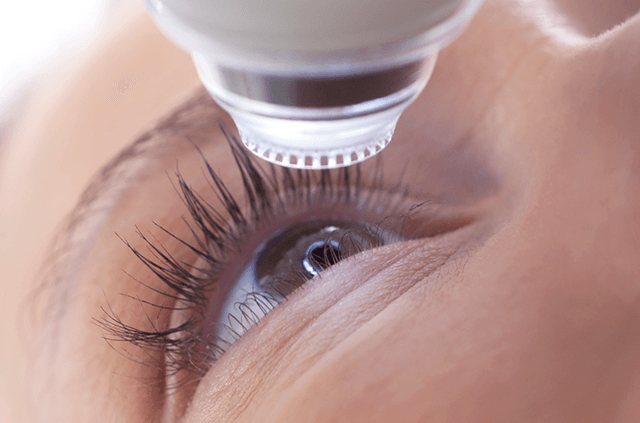Which Form of Corrective Eye Surgery is the Safest?
All modern therapeutic surgeries for eye problems are incredibly safe.
But one eye procedure is extremely safe and gets nearly instantaneous results.
Let’s look at some common ophthalmic procedures and the associated risk and potential complications.
We’ll start with a common procedure that many patients dread—even though they shouldn’t—and then look at some simple procedures that can improve your sight so you don’t need glasses or contacts anymore.
Injections into the Eye
Strictly speaking, injections into the eye are not surgery, but many people dread them until they have had one.
An eye injection is a common procedure used to treat various ocular conditions, such as age-related macular degeneration (AMD), diabetic retinopathy, and uveitis.
The procedure involves injecting medication directly into the eye to reduce inflammation and prevent further damage to the eye.
It’s important for anyone considering this procedure to know what to expect before, during, and after the injection.
This procedure is done with the utmost care and the patient is comfortable the entire time.
The eye doctor treats the eye with numbing drops a minute or two before the procedure, but patients do feel pressure on the eye during the injection, which may take about 10 seconds.
The doctor or the doctor’s assistant also washed the eye with Betadine before the injection to prevent infection.
This is completely effective about 99.97 percent of the time. You should contact your ophthalmologist immediately at Texas Eye Surgeons if your eye turns red or swollen after an injection, but this is rare.
Vitrectomy
During a vitrectomy, an ophthalmologist uses specialized instruments to remove some or all of the vitreous gel from inside your eye. The vitreous gel is a clear substance that helps keep your retina’s surface smooth and nourishes it. The doctor will then repair any retinal tears and replace the removed gel with saline solution or gas bubble for support.
Depending on your condition and the complexity of your case, additional procedures may be performed at the same time as your vitrectomy.
For instance, the eye doctor may perform a procedure called pan-retinal photocoagulation to cauterize blood vessels to treat diabetic retinopathy. Reducing the retina’s oxygen demand also reduces the formation of new, twisted, fragile blood vessels that can break and bleed again.
The instruments used to perform a vitrectomy are very small. The device blade used to break up the vitreous gel so it can be removed from the eye, for instance, is just 0.03 mm wide.
Often, the surgeon can insert three instruments into the eye, a view scope, a blade or a laser device, and a lighting device, through three incisions just 0.02 of an inch wide.
These incisions are so small that they seal and heal on their own in about 24 hours. No stitches are usually required.
If the doctor injects a gas bubble to help the retina heal (which is not always required), you may have to spend some time flat on your stomach so the gas bubble gently holds your retina in place. But while results cannot be guaranteed, the complication rate from vitrectomy is very, very low, less than one in a hundred cases.
Cataract Surgery
Cataract surgery is an outpatient procedure that involves removing the clouded lens from your eye and replacing it with an artificial intraocular lens (IOL). This replaces the need for wearing glasses or contact lenses after the surgery. The entire process typically only takes about 15 minutes per eye, and patients usually experience a significant improvement in their vision within days of having the procedure.
Before undergoing cataract surgery, there are some things you should do to prepare.
First, talk with your doctor about any medications or supplements you’re taking, as these may need to be adjusted before the procedure.
Second, ensure you get enough rest leading up to the surgery and avoid strenuous activities such as lifting heavy objects or running.
Third, plan ahead for transportation on the day of your operation; most people can drive themselves home after the operation, but if possible, it’s always best to have someone else available just in case.
Lastly, make sure you have your post-surgery supplies ready beforehand; this includes dark sunglasses and protective eyewear for when you go out in bright sunlight after the procedure.
If you use your anti-inflammatory drops and antibiotics as directed after your surgery, the risk of complications is almost zero. However, you must follow the doctor’s instructions and go to all your follow-up appointments.
We’d Love to Hear from You!
Texas Eye Surgeons provide excellent medical and surgical treatment in Plano, Texas, and the surrounding Dallas/Fort Worth metroplex.



